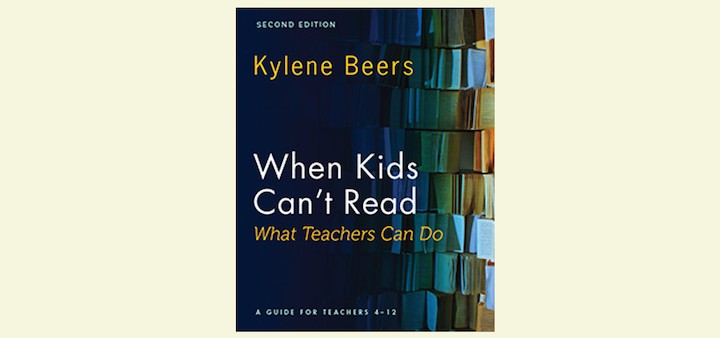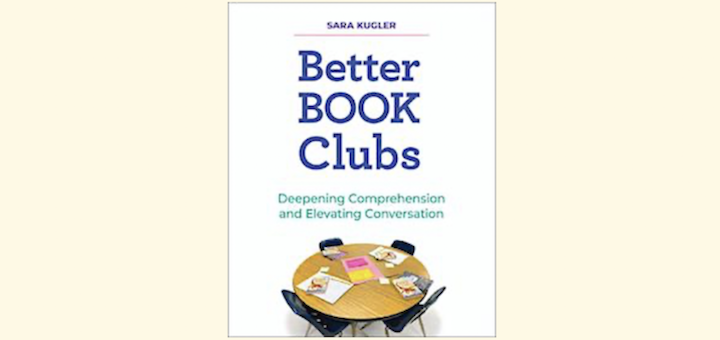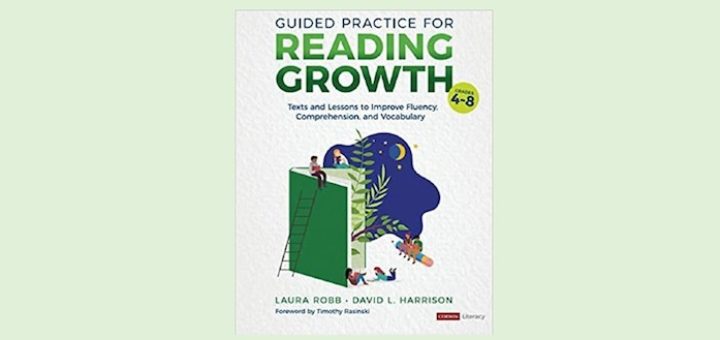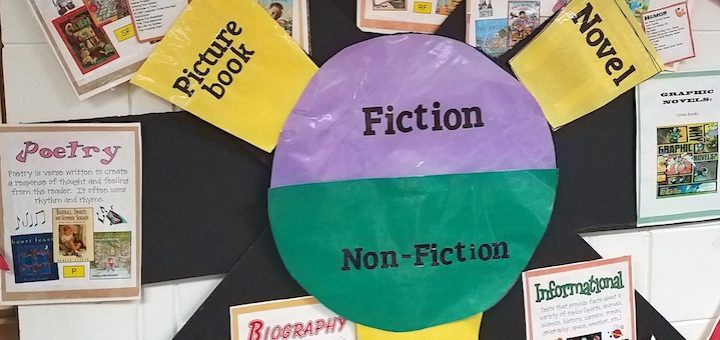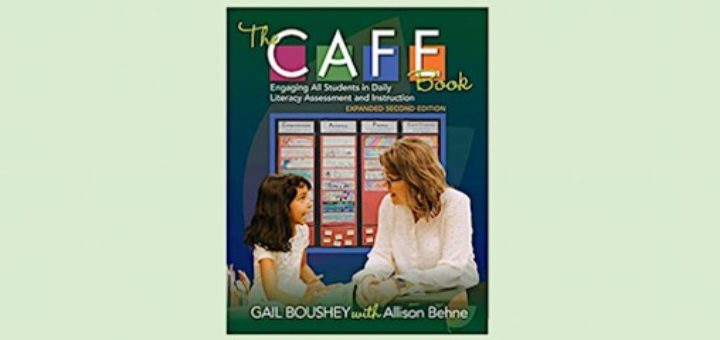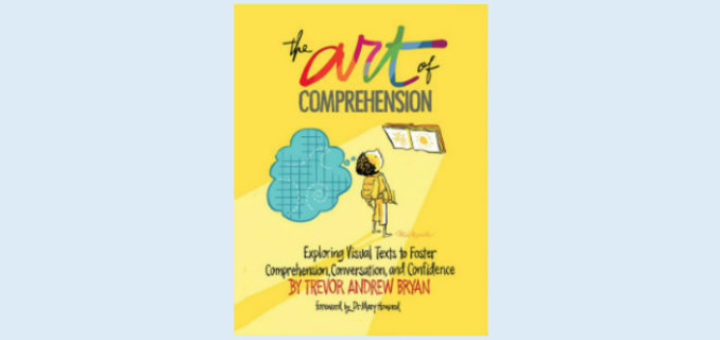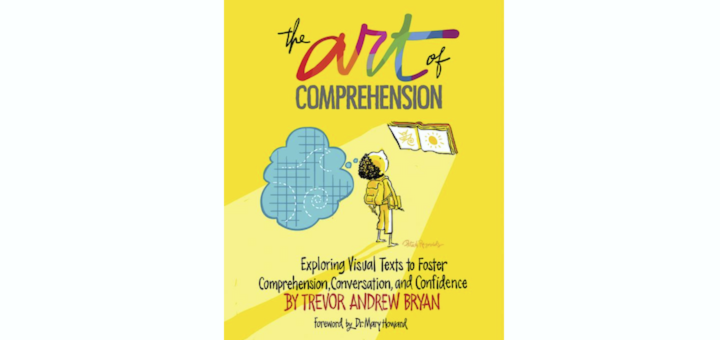An Enhanced Edition of ‘When Kids Can’t Read’
Literacy coach Pam Hamilton finds lots to like in Kylene Beers’ latest version of When Kids Can’t Read – What Teachers Can Do. The second edition keeps some of her favorite features from the original and adds many new kid-tested ideas to help teachers reach all their students.

